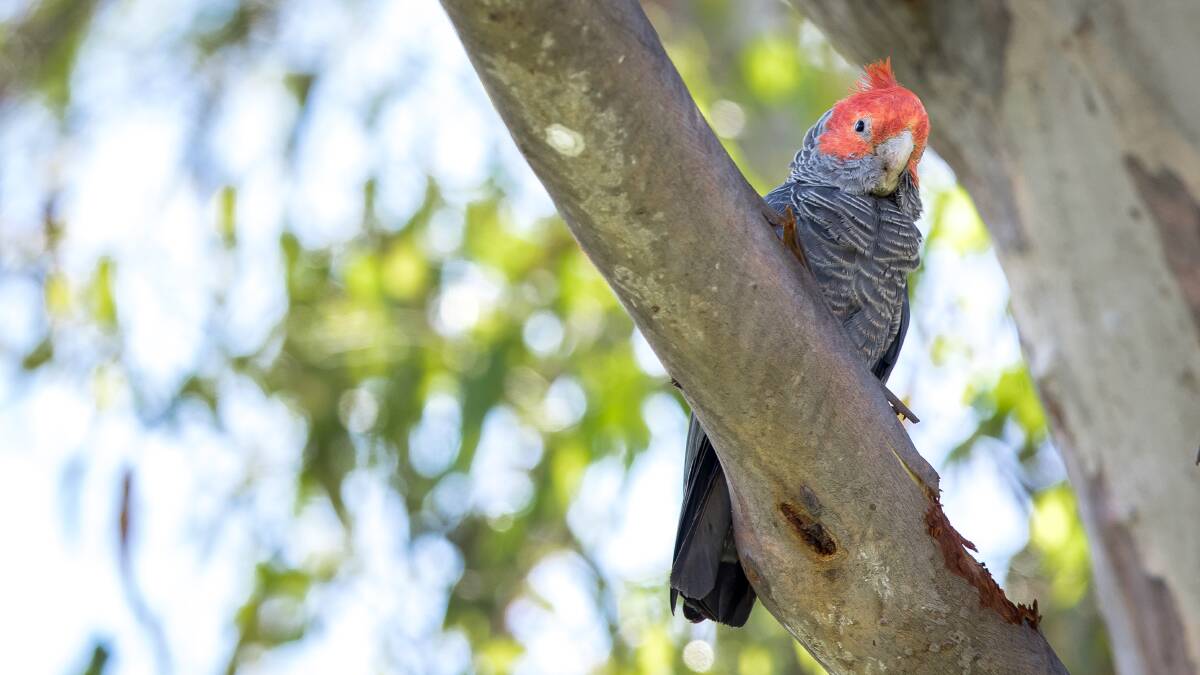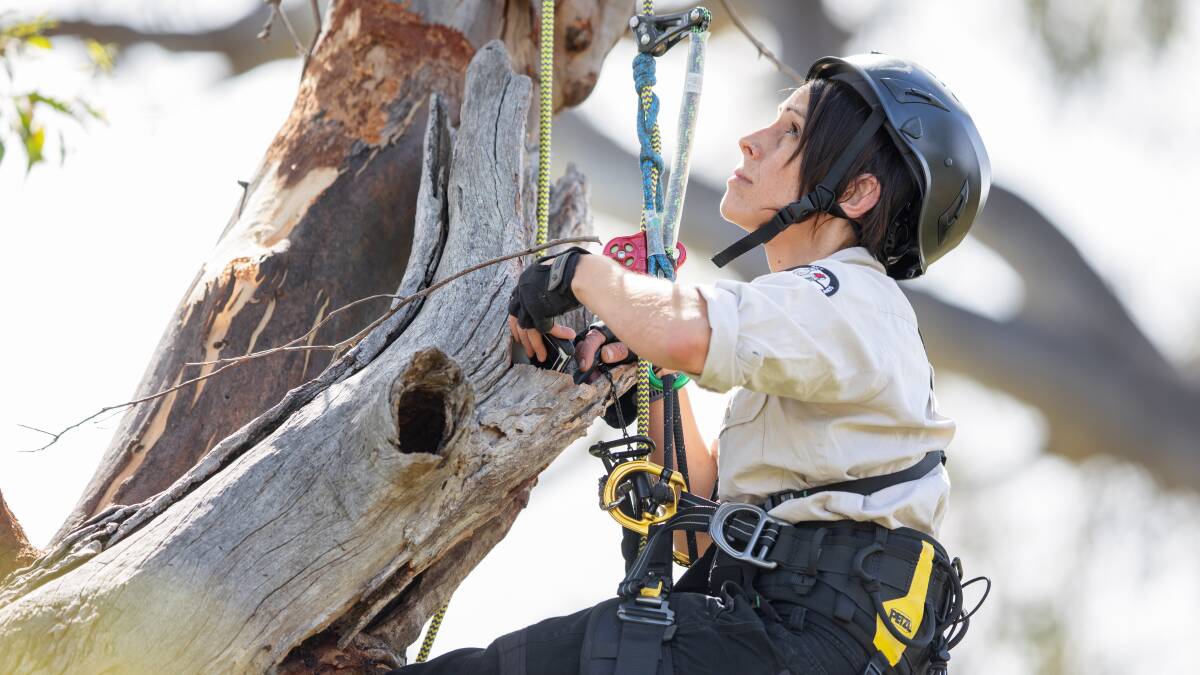
Canberra's beloved gang-gang cockatoo has been officially listed as a threatened species, following a rapid decline in numbers over the past two decades.
The ACT's faunal emblem was included on the Commonwealth list following a recommendation made in 2021.
Federal Environment Minister Sussan Ley confirmed the decision in a letter to ACT Environment Minister Rebecca Vassarotti.
"I made my decision based on advice from the Commonwealth Threatened Species Scientific Committee regarding the eligibility of the species for listing and the effect listing would have on its survival," Ms Ley wrote in the letter.
The listing will see a recovery plan developed for the gang-gang, to supplement a national working group recently established to better understand the little-known bird.
Working group co-ordinator Stacey Taylor said the gang-gang would now be considered for listing on the ACT threatened species list, alongside the regent honeyeater and the swift parrot.
Ms Taylor said the group would make a recommendation on whether a separate action plan was needed in the ACT, which could include protection of habitat, collaboration with landholders and controlling pest animals.
She said it was incredibly sad to see the species in this level of danger.
"With this [listing] we hope there'll be better opportunities to look at improving its conservation status," she said.
"It's better to know and recognise a species in decline than to have species disappear."

While it's believed bushfires and climate change contributed to a population decline of about 70 per cent in two decades, there are still a lot of unknowns regarding the gang-gang.
The federally funded ACT government-led working group will work with stakeholders on the South Coast and in the Blue Mountains to better understand its threats.
Ms Vassarotti said a key focus would include multiple monitoring strategies to better understand the distribution, density and abundance of gang-gangs across the east coast of Australia.
She said the federal government's decision to list the gang-gang as endangered was welcomed by the ACT.
"This provides additional focus for us to work collectively to protect this important species," Ms Vassarotti said.
"The gang-gang is such a beautiful, magnificent, gracious bird; this popular rascal with the big red head and distinct call is adored by the Canberra community."
The gang-gang cockatoo is found within a small part south-east Australia, mostly in alpine bushland.
The gang-gangs make their homes inside hollow trees which, thanks to the introduction of clearing protection laws, were thought to have contributed to the birds' relatively stable numbers in the ACT when compared to other jurisdictions.
While it had been estimated around 150 gang-gangs called the capital home, a team of researchers attempting to document populations in urban areas and nature reserves last spring found fewer birds than hoped.







